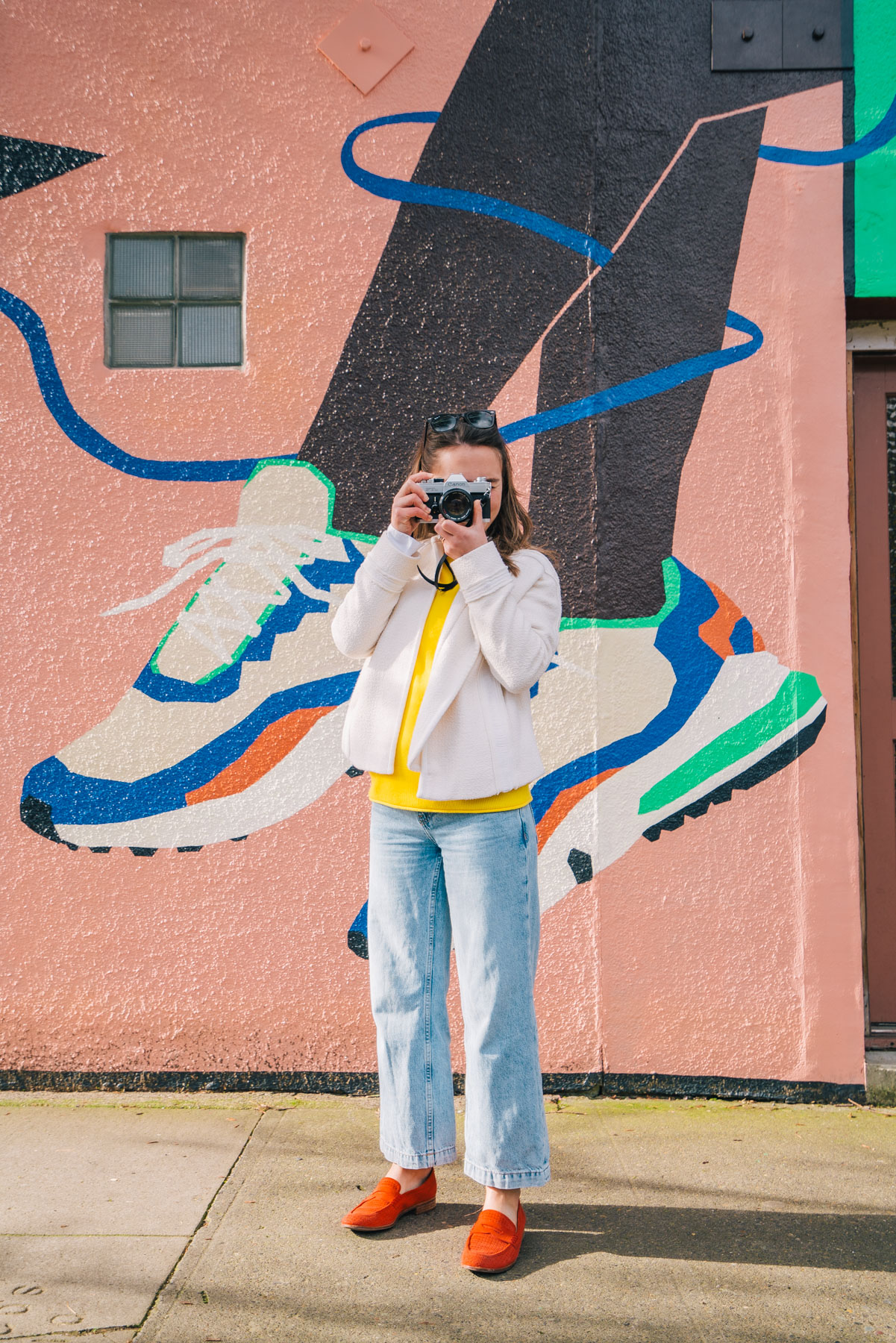
I often get questions about the camera and photography gear I use. I figured it might be time to spill the beans about my favorite photography gear and the things I never leave the house without.
One thing to note — my husband, Will, is a photographer by trade. Over the years he’s tested more cameras than most folks will see in a lifetime, and don’t even get me started on the lenses! Keep that in mind as you review this post — the camera and gear we use has to be top notch (because it’s how Will makes a living), but it’s been vetted and approved by yours truly.
The basics of our camera kit look like this: two cameras, two lenses, one tripod, a bag, and a few accessories. For certain places and shoots we add in some fun toys like: a drone, stabilized rig, underwater action camera, etc.
Our Cameras
Our favorite camera: Sony A7RII
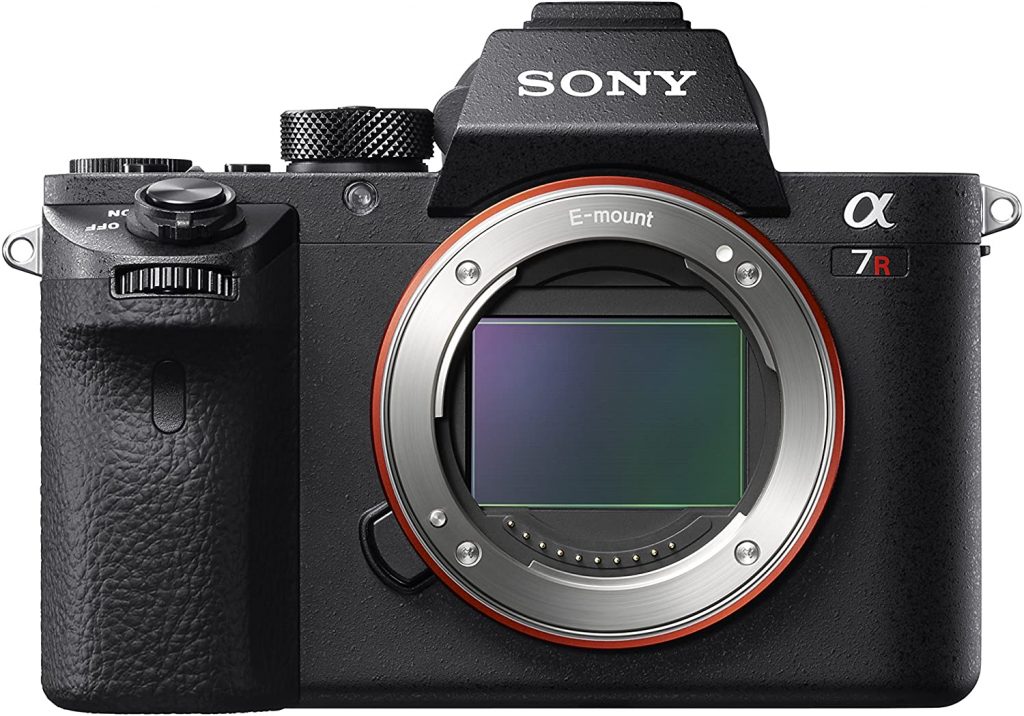
Description: As a non-photographer, I balked at the price of this camera when I first found out about it. However, after using it for 4+ years (and recently buying a second one), I can confirm that it’s worth every penny if you plan to take photography seriously.
Why we love it: It’s full frame, 42 megapixels is hard to beat, the lightweight mirrorless body makes tagging this camera along a no-brainer and the low-light settings blow us away. If you want to spend even more for the latest version of this camera then go for it. The Sony A7RIV boasts even more megapixels & speed.
Old reliable: Canon 5D Mark III
Description: A wonderful full-frame camera that’s a bit more budget friendly and perfect for folks who prefer the Canon system to Sony. This camera has 16 megapixels (doesn’t sound like much but the results beg to differ). If you feel like splurging go for the newer Canon 5D Mark IV which gets a lovely and welcome megapixel boost.
Our Lenses
Our lens kit consists of just two lenses that we keep on us at all times (pretty much). Both are zoom lenses (not primes which are locked in at one focal length) – one is a wide angle to capture landscapes and whole scenes (16-35mm) and one is a long lens to capture more of the details, and scenes from a distance (70-200mm).
Zoom/Telephoto Lens (Sony): Sony 70-200mm f/4
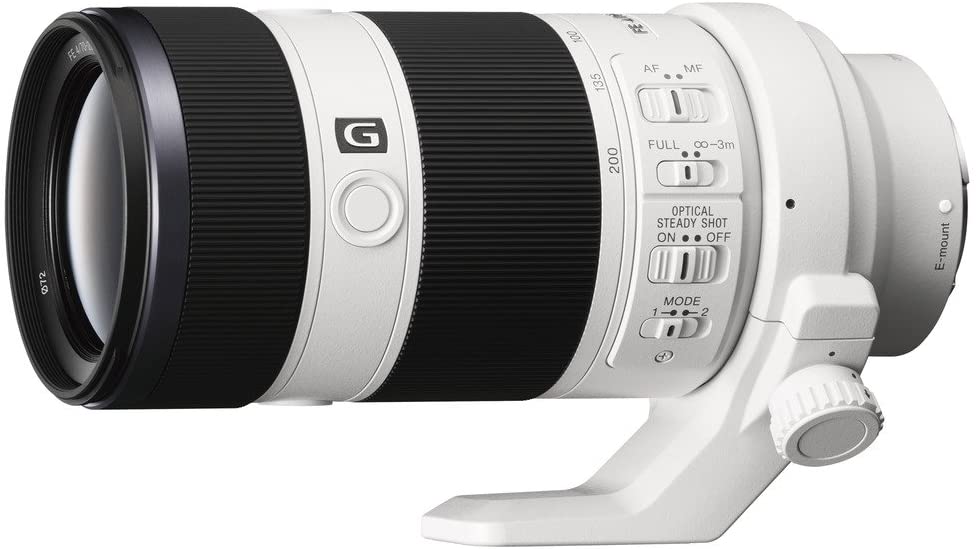
This lens is my favorite that we have. It is sharp, fast, and allows you to get great closer shots. I use this lens more than any other.
If you want to spend the money, there is a “nicer” version, the Sony 70-200mm f/2.8 that gives you a couple of extra stops of light/depth. We use the f/4 because the A7RII is so good in low light and what it lacks in stops of exposure it makes up for in ISO range.
Wide Lens (Sony): Sony 16-35mm f/4
This is our go-to wide angle lens. For us, there’s rarely a time we want/need to go wider than 16mm for landscapes (check out our Redwoods post) and 35mm works great for us portraits for portraits etc. If you’ve got some extra wiggle room in your budget we recommend spending the extra for the f/2.8 model.
Zoom (Canon): Canon 70-200mm f/4

This is a great lens that we actually prefer over the f/2.8 model because it is sharper. Great telephoto for capturing details and scenes at a distance.
Wide Lens (Canon): Canon 16-35mm f/2.8
This is a great lens for wide angle shots. We recommend spending the extra money for the f/2.8 over the f/4 model especially because Canon does not do as well as Sony in our experience for low light settings. If you shoot any astro scenes this is the only choice for Canon.
Drones
Our Choice: DJI Mavic 2 Pro

This little drone packs professional quality, unparalleled user-friendliness, and massive range (like 2 miles) into a budget-friendly price (for drones). We frequently pack this on trips and love using it for photos and video. I highly recommend this drone for everyone as it is great for beginners and pros alike.
DJI Inspire 2
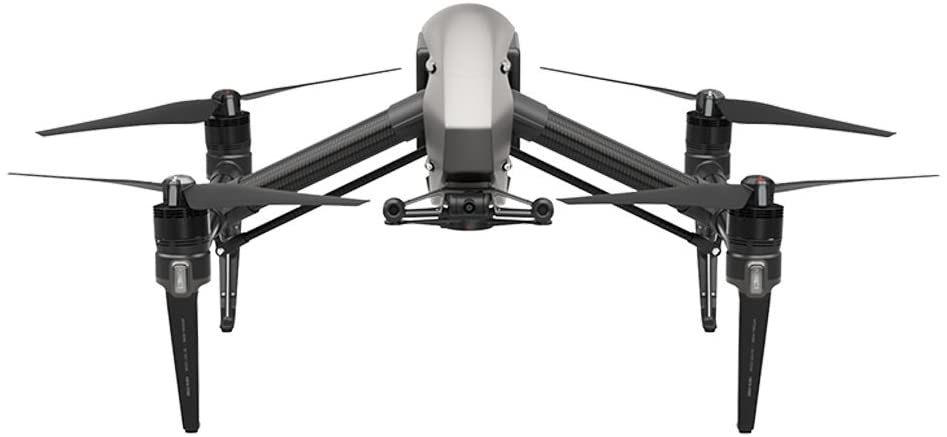
Fun fact: Since Will uses drone extensively for public land agencies like the NPS, USFS, etc (of course following all of the rules, laws, guidelines) he invested in this drone — which is a complete bear to lug around but the quality is impossible to beat.
Specialized Cameras, Tripods, & Accessories
Polarizer: Amazon Basics Polarizer (for the win)
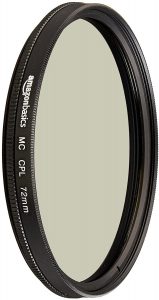
After spending $30-80 on countless polarizers only to have them get scratched (as they all eventually do) we started going with Amazon Basics polarizers and have never looked back. They are a fraction of the price of the others and get the job done. When they scratch (and they do) it doesn’t break your heart.
Stabilized Camera: DJI Osmo Pocket
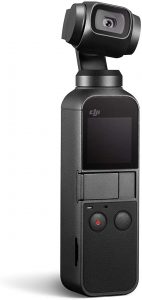
This little guy is a great addition to your camera arsenal if you’re looking to do some videos on the go. Great for capturing stabilized scenes for a travel style video. I used it on our Japan trip and was thrilled with the quality and user-friendliness.
If you’re looking something with more of a professional quality, I highly recommend the DJI Osmo RAW. My husband uses it in a lot of his productions and the results are spectacular.
Action Camera: DJI Action Camera or GoPro Hero 9
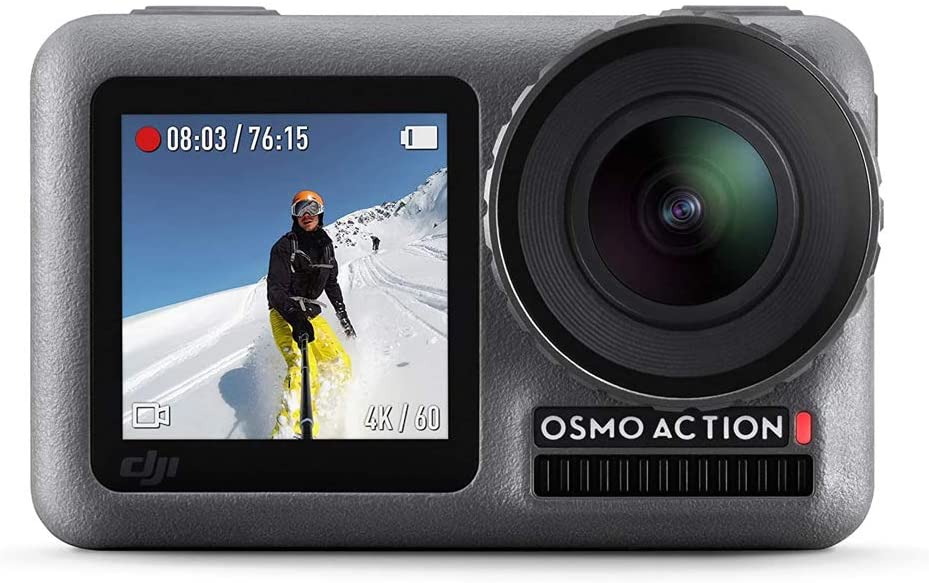
This is a toss up for us – it’s really just a matter of user familiarity. We use both the GoPro and DJI Action Camera.
The quality is virtually the same and both give you incredible action shots. We love using to capture underwater scenes!
Best Tripod: Vanguard Alta Pro 264CT
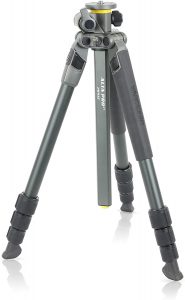
This tripod is made of carbon fiber (making it super lightweight) and is extremely flexible. It’s a bit tall, even when fully compressed but we’ve never had trouble fitting it in a overhead bin.
Budget Friendly Tripod: Eekoto Ultra Compact Tripod
If you’re looking for something more compact & budget friendly I recommend the Eekoto Ultra Compact tripod. We took this on our trip to Japan and were very happy with the purchase. An added bonus is that it comes WITH a solid tripod head.
Best Tripod Head: Vanguard Alta BH-100 Ball Head
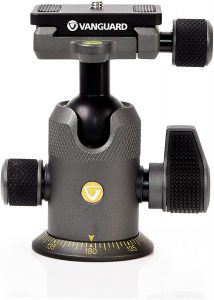
This tripod head is heavy but amazing. The ball head holds any DSLR firmly and allows you to get a stable view at virtually angle, especially when combined with the Vangaurd Alto Pro 264CT tripod.
And there you have it! That’s a quick recap of our favorite photography gear — I hope you found this useful!
Until next time,
Will and Antonina
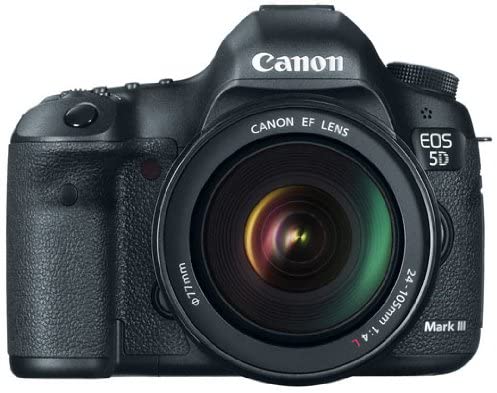
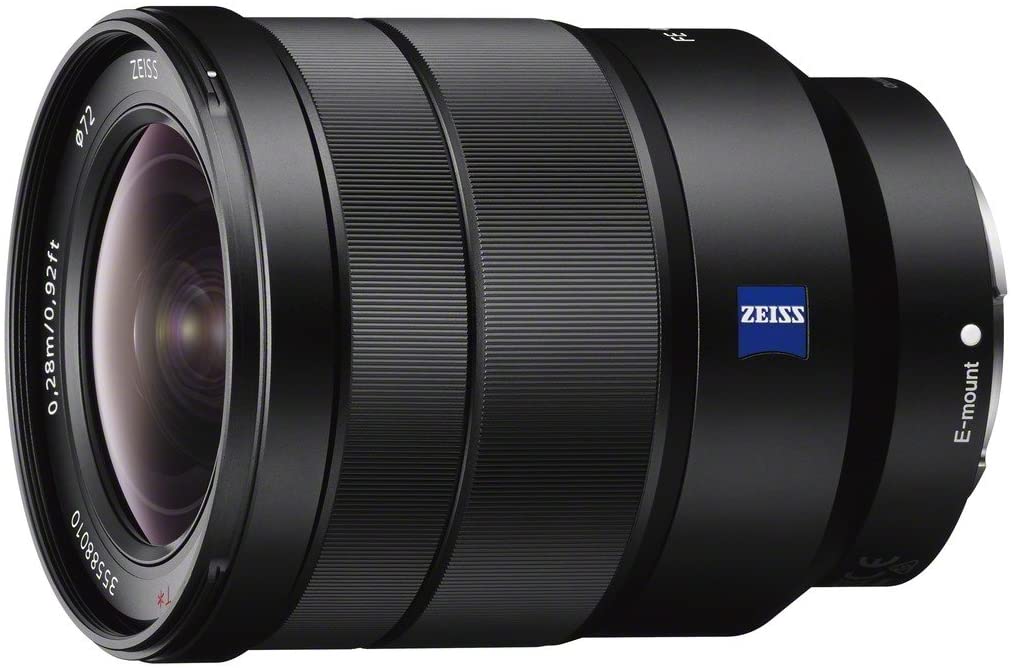
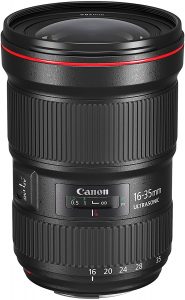
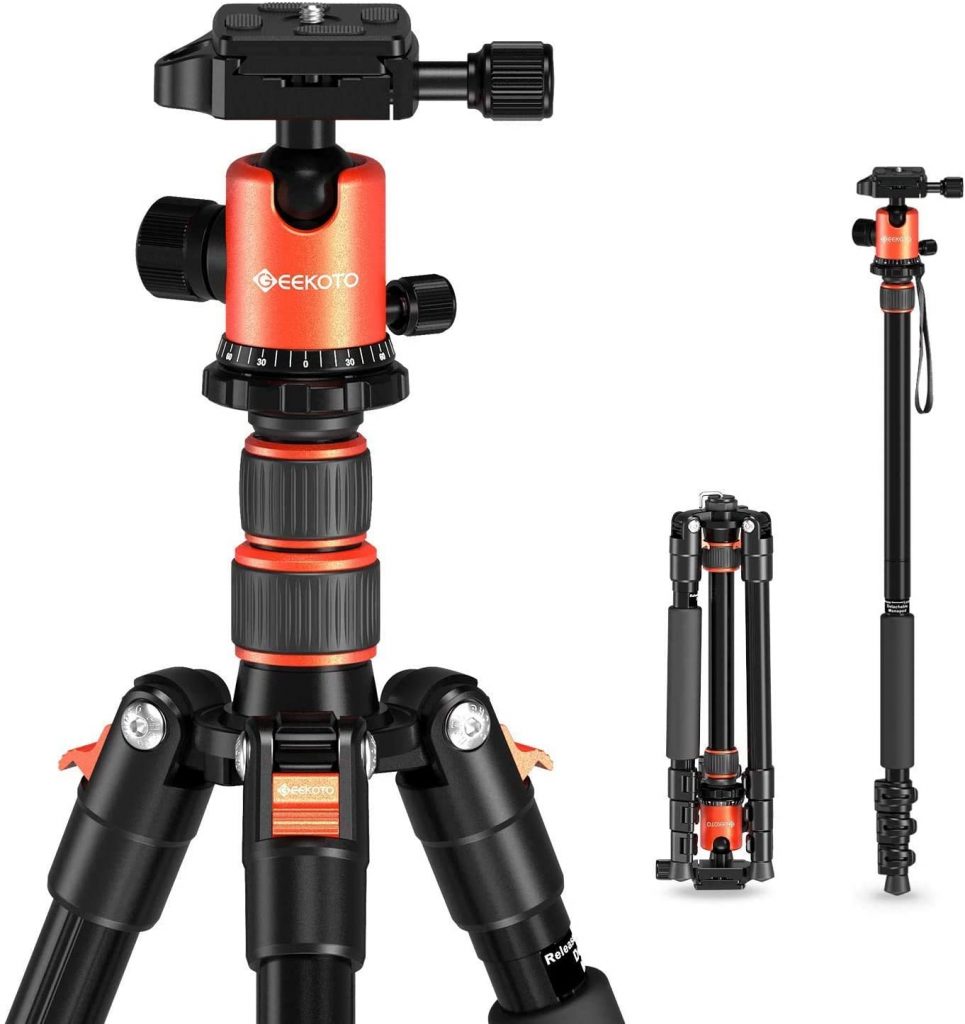
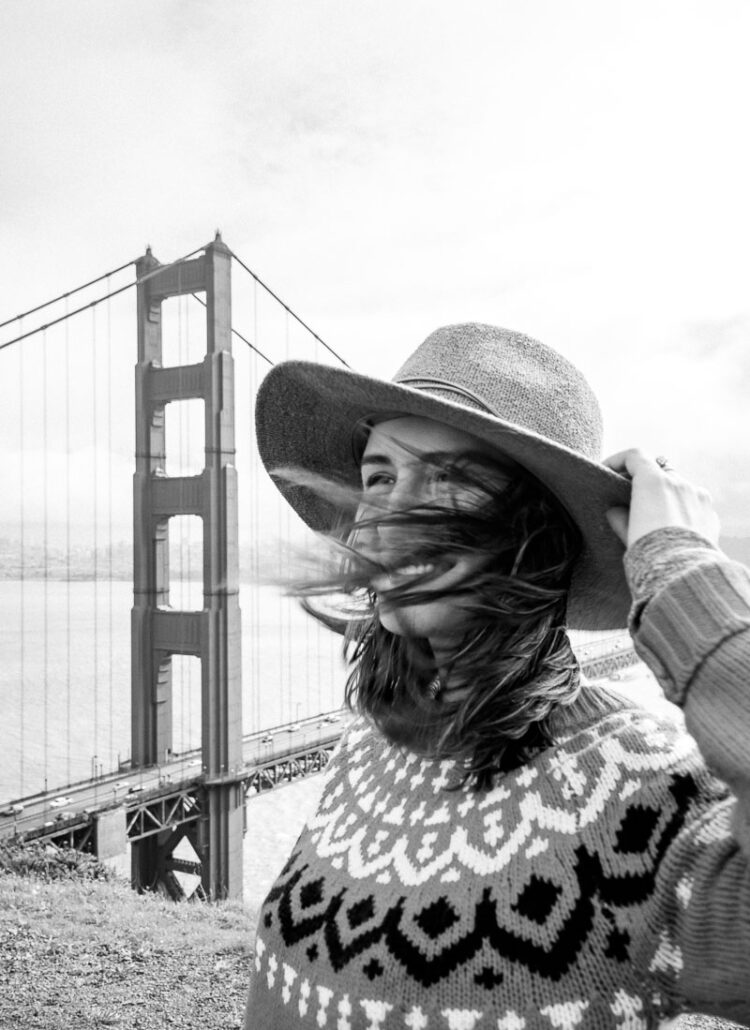
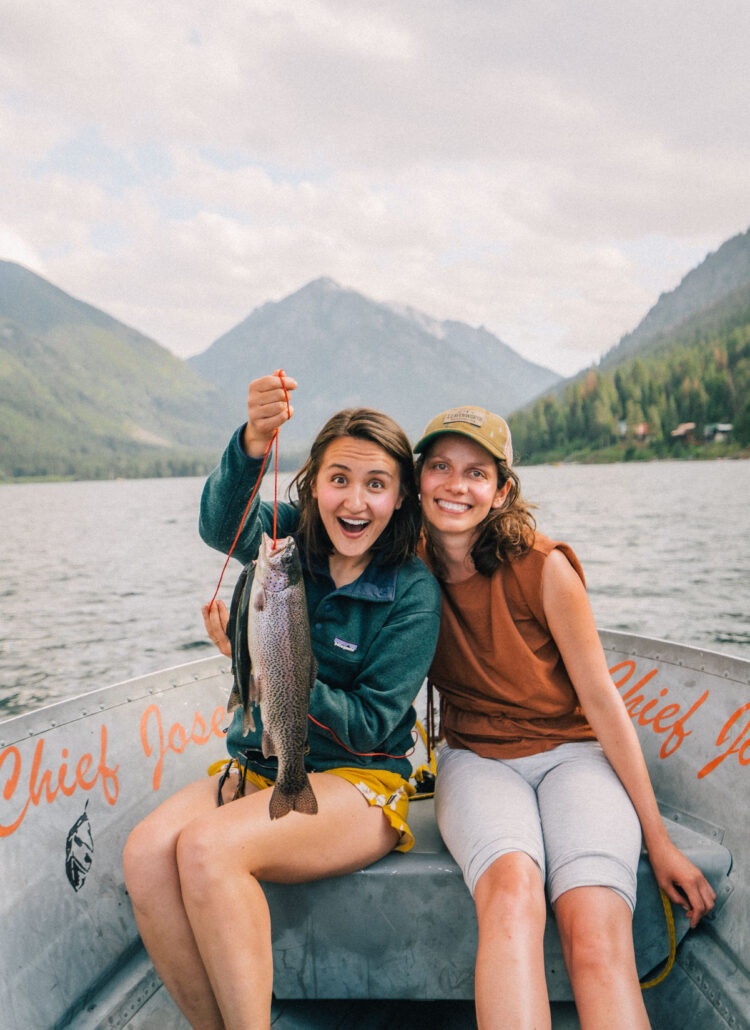
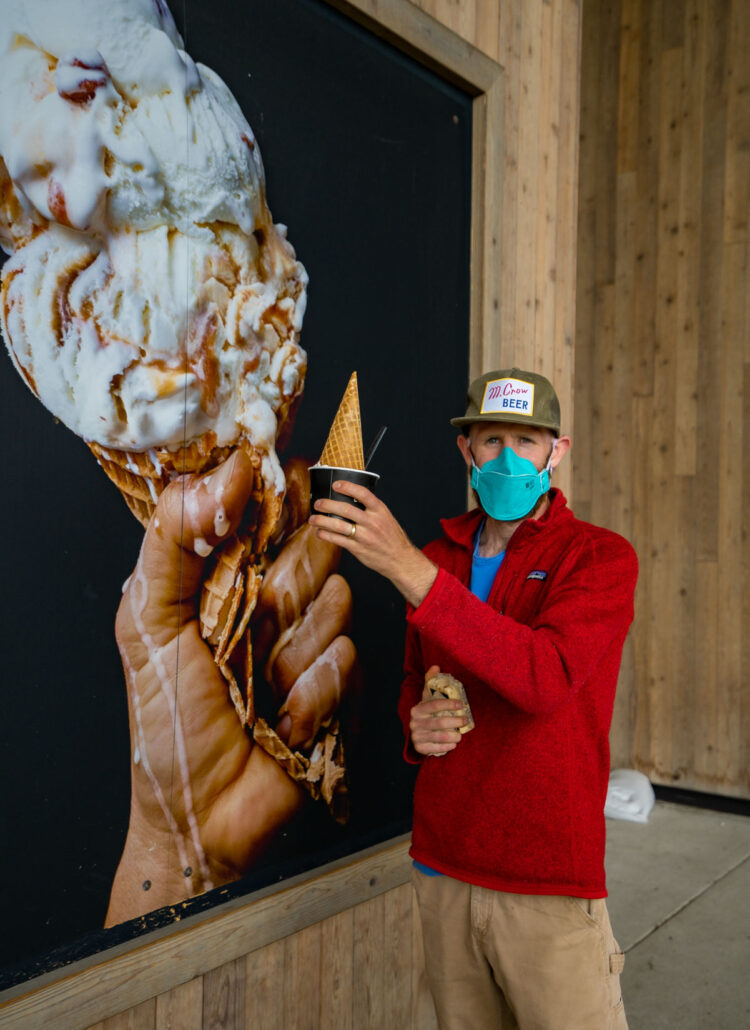
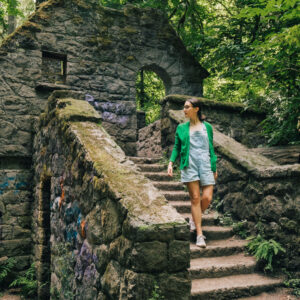
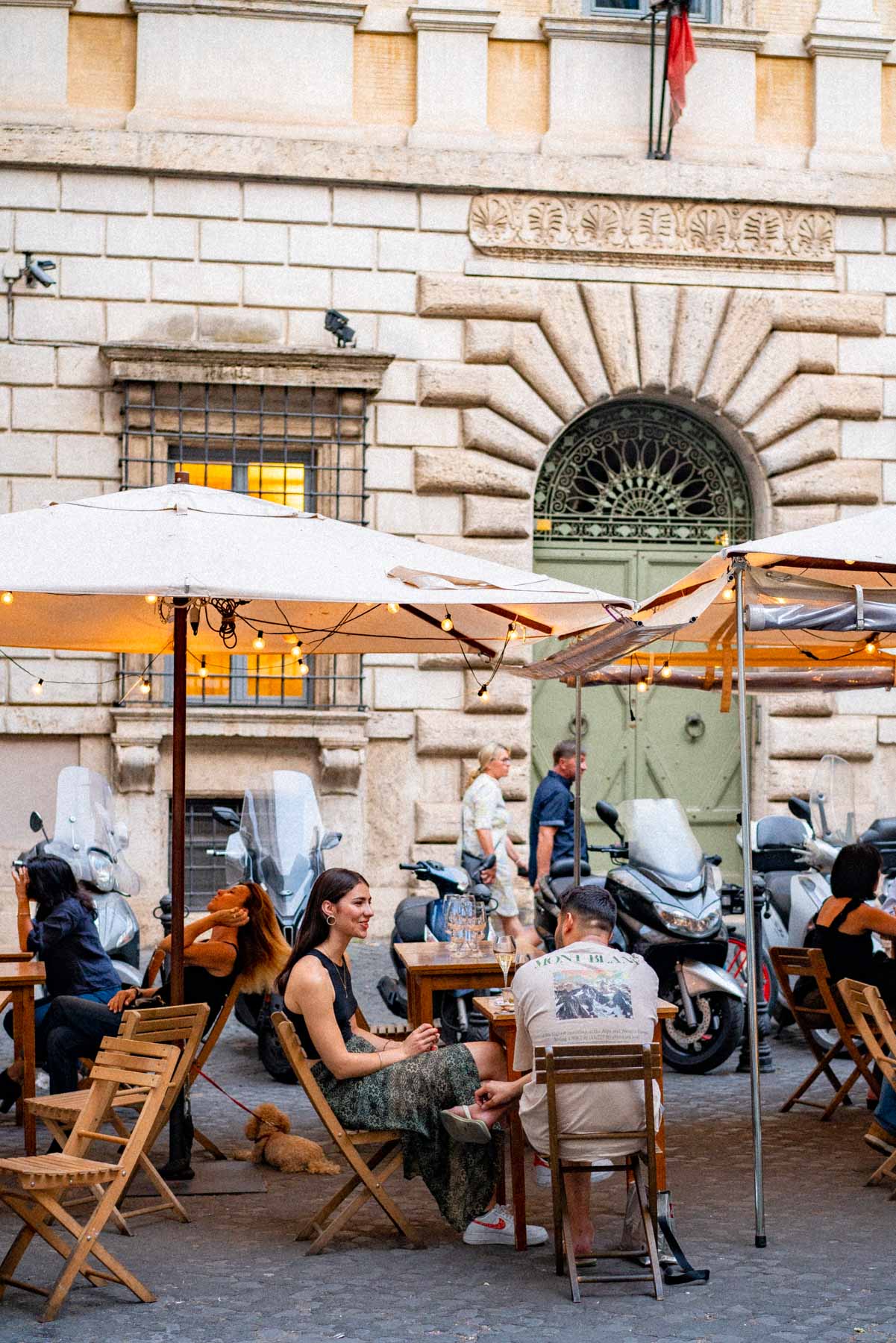
What do you think?